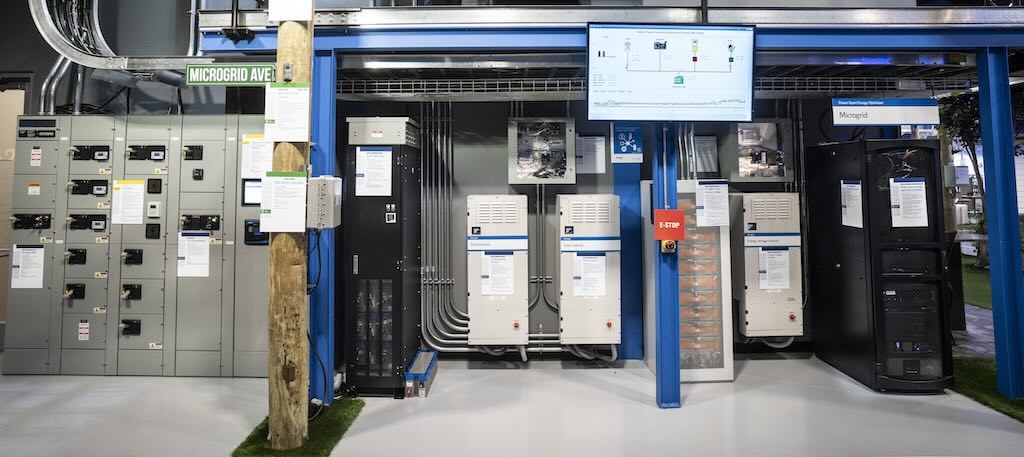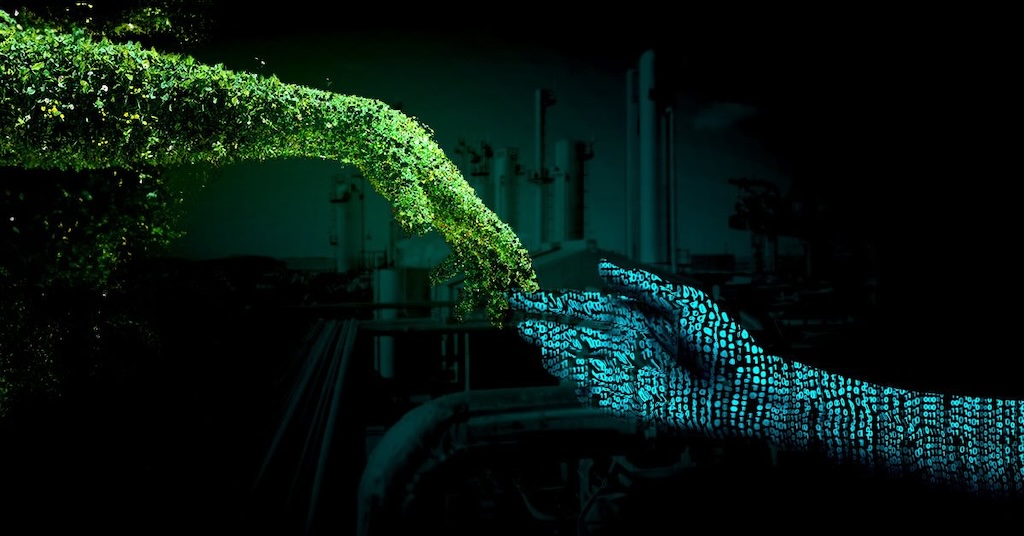What will it take to make your plant sustainable?

Sustainable manufacturing insights
- The article explores three key trends in sustainable manufacturing for 2024: a growing emphasis on energy efficiency, the integration of robotics to enhance efficiency and safety while reducing waste and the potential of artificial intelligence to optimize processes and drive transformative change in the manufacturing sector.
- Companies are increasingly adopting environmental, social and governance (ESG) plans to ensure sustainability, incorporating renewable energy, waste reduction and innovative technologies.
The dictionary definition of “sustainable” is “able to be maintained at a certain rate or level.” Every manufacturing plant wants to see its numbers remain sustainable regarding output, profit and safety days.
Taking a slightly different view, sustainable also refers to maintaining the planet, its resources and future viability. That means using recyclable materials, conserving water or designing more energy efficient products.
With the word “sustainable” in mind, I realized there are three trends I’m watching in 2024.
Energy efficiency
“Energy can be a profit center,” said previous Plant Engineering editor-in-chief Bob Vavra. That statement is even more true today as energy efficiency becomes a larger consideration for facility owners. Whether you deem it energy efficiency, sustainability, green or some other phrase, it’s no longer a trend, it’s a reality.
Companies with a strong environmental, social and governance (ESG) plan often incorporate renewable energy options, waste reduction — or complete elimination, in some cases — and energy efficiency initiatives. These ESG campaigns codify a company’s goals, and set examples for the rest of us.
Robotics
Robots do a good, consistent job of material handling, process operations, assembly or inspection. This leads directly to a sustainable manufacturing line, and allows human workers to take on the more intricate tasks or to use technology to improve the process even further.
Robots also reduce mundane tasks (read: fewer ergonomic problems) and improve efficiency. Plus, using a robot achieves safety improvements because humans no longer have to handle hazardous materials or other dangerous tasks.
Waste and energy consumption are reduced when robots are on a manufacturing line, accelerating sustainability. All of this wraps into a more sustainable manufacturing sector.
Artificial intelligence
Artificial intelligence (AI), like robots, can minimize repetitive or complex processes, such as analysis of intricate manufacturing processes. This might include optimizing a production line or improving quality control.
When used correctly, AI has the ability to change every process from the C-suite to the entry-level technician. Value can be added through innovation and improved customer experience, or by supporting remote work or supply chain transparency.
While still in its infancy with a lot of trial and error, the opportunities for efficiency, sustainability and transformative change are gigantic. Truly at the forefront of digital transformation, AI will increase in use by leaps and bounds. Use of AI will require shifts in the workforce, which will force companies to train and retrain for a different skillset.



